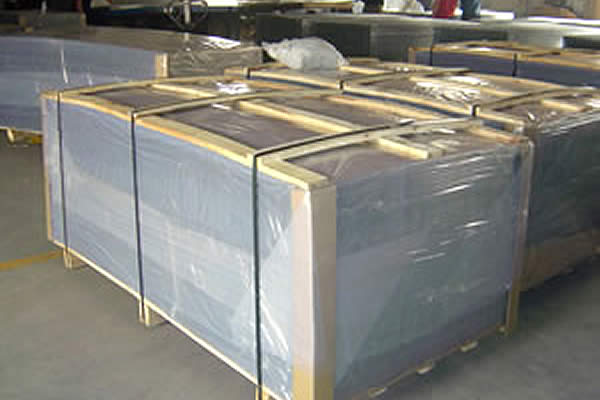 TEL:
+86-13102802206
TEL:
+86-13102802206
 Email:
fencenetting@china.com
Email:
fencenetting@china.com
 Language
Language
 TEL:
+86-13102802206
TEL:
+86-13102802206
 Email:
fencenetting@china.com
Email:
fencenetting@china.com
 Language
Language


Understanding Electric Fence Wire Knots A Comprehensive Guide
Electric fencing serves as a reliable barrier for livestock and security measures on properties. One of the most crucial aspects of setting up an effective electric fence is ensuring that the wire is properly connected and secured. Knots play a vital role in maintaining the integrity and function of electric fencing systems. This article delves into the significance of electric fence wire knots, types of knots to use, and tips for effective knot tying.
The Importance of Secure Knots
Electric fence wires carry an electrical current, and any break or short circuit can compromise the fence's efficiency. Properly tied knots help maintain continuous conductivity along the length of the wire. A poorly tied knot can lead to disconnections, allowing livestock to escape and potential breaches in security. Therefore, understanding and implementing the right knots is essential for anyone setting up an electric fence.
Common Types of Electric Fence Wire Knots
1. Twist Knot The twist knot is one of the simplest yet most effective methods for joining two pieces of wire. To create a twist knot, bring the ends of two wires together and twist them tightly around each other. This knot is easy to tie and provides a strong connection that can handle tension without coming undone.
2. Figure Eight Knot This knot is particularly useful for securing wire to insulators. Start by creating a loop with the wire, then pass the end through the loop to form a figure eight. This setup allows for some flexibility while maintaining a secure hold, making it ideal for electric fences that are subjected to movement or stress.
3. Square Knot Though often used in various applications, the square knot can also be effective for electric fencing. To tie a square knot, place the two wire ends alongside each other. Take one end and wrap it over the other, then tuck it under and back through. Repeat with the other end. This knot is easy to untie if necessary, making it a convenient choice for temporary setups.

4. Bowline Knot Known for its strength and reliability, the bowline knot creates a fixed loop at the end of a wire. It’s particularly useful when you need a strong point to attach to an insulator or when tying off a stretch of wire. To tie a bowline, form a loop in the wire, pass the standing line through the loop, and then around the standing line before bringing it back through the loop.
Tips for Tying Electric Fence Wire Knots
- Use Quality Materials Ensure that you use high-quality electric fencing wire and insulators. Poor materials can weaken even the best knots.
- Pre-Tension the Wire Before tying any knots, pre-tension the wire to eliminate slack. This ensures a snug fit and a more secure connection.
- Regular Inspections Periodically check the knots and connections in your fence. Weather conditions and animal activity can cause knots to loosen over time.
- Learn and Practice Before setting up a large area of fencing, practice tying different knots. Familiarity with each knot will improve your efficiency in the field.
- Educate Others If you're working with a team, ensure everyone knows how to tie the chosen knots correctly. Training reduces mistakes and strengthens the overall integrity of the fence.
In conclusion, understanding and using the right knots when constructing an electric fence can make all the difference in its effectiveness. By familiarizing yourself with different knot types and following best practices, you can ensure that your electric fence operates efficiently, keeping livestock safe and securing your property effectively.